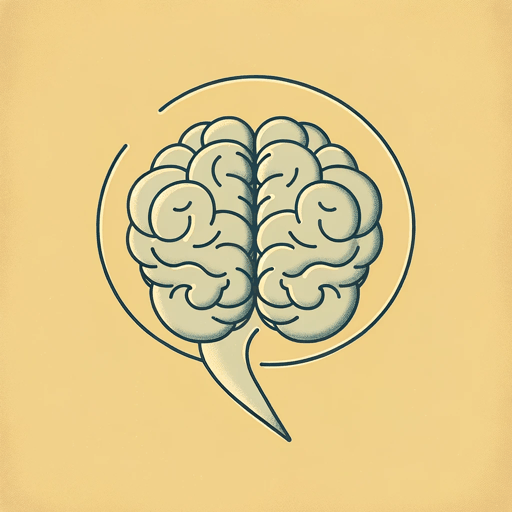55 pages • 1 hour read
Greg Lukianoff, Jonathan HaidtThe Coddling of the American Mind: How Good Intentions and Bad Ideas are Setting Up a Generation for Failure
Nonfiction | Book | Adult | Published in 2018A modern alternative to SparkNotes and CliffsNotes, SuperSummary offers high-quality Study Guides with detailed chapter summaries and analysis of major themes, characters, and more.
Summary and Study Guide
Overview
The Coddling of the American Mind: How Good Intentions and Bad Ideas are Setting Up a Generation for Failure is a psychology book written by Greg Lukianoff and Jonathan Haidt and published in 2018. The nonfiction work, which expounds upon an essay the authors wrote for The Atlantic in 2015, became a bestseller and National Book Critics Circle Award nominee. The book argues that parents and schools, in an overabundance of caution, have taught children to fear and reject ideas that upset them. As a result, this learned fear explains the recent spate of college students protesting against professors and speakers whose ideas students consider offensive.
Haidt, a social psychologist, and Lukianoff, a free-speech campaigner, believe that modern children have been inoculated with three Great Untruths: “What doesn’t kill you makes you weaker,” “Always trust your feelings,” and “Life is a battle between good people and evil people.” These three ideas are based on cognitive distortions—overgeneralizing, emotional reasoning, black-and-white thinking, and others—that are common among people who suffer from depression and anxiety. This may explain why today’s students display historically high levels of mental illness, self-harm, and suicide.
This also helps to explain why so many college campuses have been beset by demonstrations against controversial speakers, attempts to micro-manage community speech, and the growth of a “call-out culture” that shames people who try to speak their minds. These campaigns fight against any words or beliefs that give offense on the grounds that painful ideas are threats against personal safety.
Haidt and Lukianoff suggest that parents and schools should instead teach their children to practice a greater openness to ideas. One way to accelerate this process is through cognitive behavioral therapy (CBT), which trains patients and interested others to methodically question the distorted automatic thinking that often accompanies stressful situations, and to replace extreme thoughts with more reasonable ones. Trainees learn that many situations that appear dire turn out to be manageable when considered calmly.
Part 1 explores in detail each of the Great Untruths. The first, that children are fragile, collapses when parents see that kids are, in fact, “antifragile,” able to experiment and take risks so that they can learn how to cope with society and the world. The second Untruth, that strong emotions are accurate judges of people and things, causes distrust and angry confrontations where simple discussions would do. The third Untruth, us-versus-them, generates “common-enemy identity politics” (63) and tribal hostilities that turn disagreements into open conflicts.
Part 2 reviews the recent history of campus protests and confrontations that have shaken American higher education. Some students and faculty have engaged in intimidation, threats, and witch hunts in efforts to remove all ideas deemed offensive. These protestors rely on the belief that such views make listeners feel “unsafe” and, therefore, physically threatened by the speakers’ words to justify the threat of violence against purveyors of controversial opinions.
In Part 3, the authors describe six major causes of the recent intolerance for controversial ideas, including political polarization in society at large, an increase in anxiety and depression among the young, overprotective parenting, the loss of unstructured playtime that allows children to learn how to get along, the rise of “safetyism” among school bureaucrats that restricts anything deemed risky, and the recent social-justice movements that demand, not merely equality of opportunity, but equality of outcomes.
Part 4 suggests ways that students and schools can reorient themselves toward the idea that young people are resilient and can grow and thrive in an environment of challenging ideas and lively controversy. An Appendix describes how to learn CBT; a second Appendix outlines the Chicago Statement of tolerance for diversity of viewpoints, which dozens of campuses nationwide have adopted. The book includes 38 pages of Notes, several pages of References, and an Index.
The Coddling of the American Mind is written in a clear, straightforward style accessible to students, educators, and anyone interested in how colleges and society at large can manage many viewpoints harmoniously.
Related Titles
By these authors



